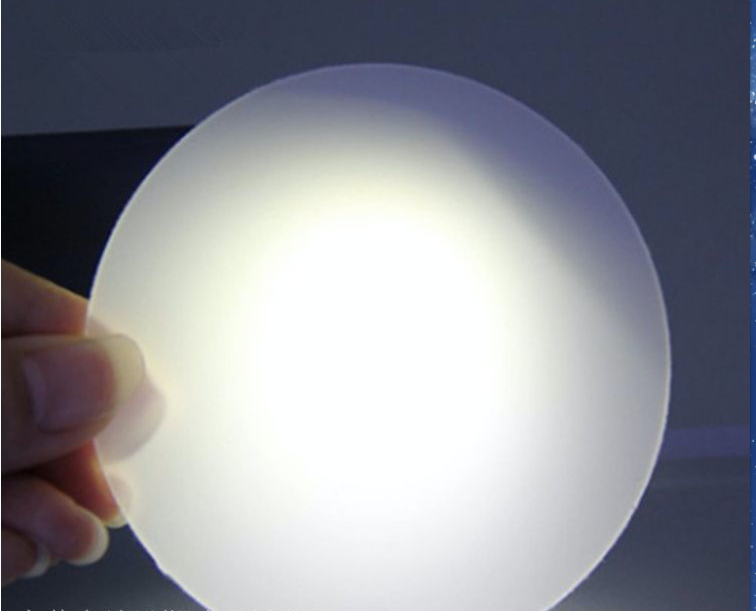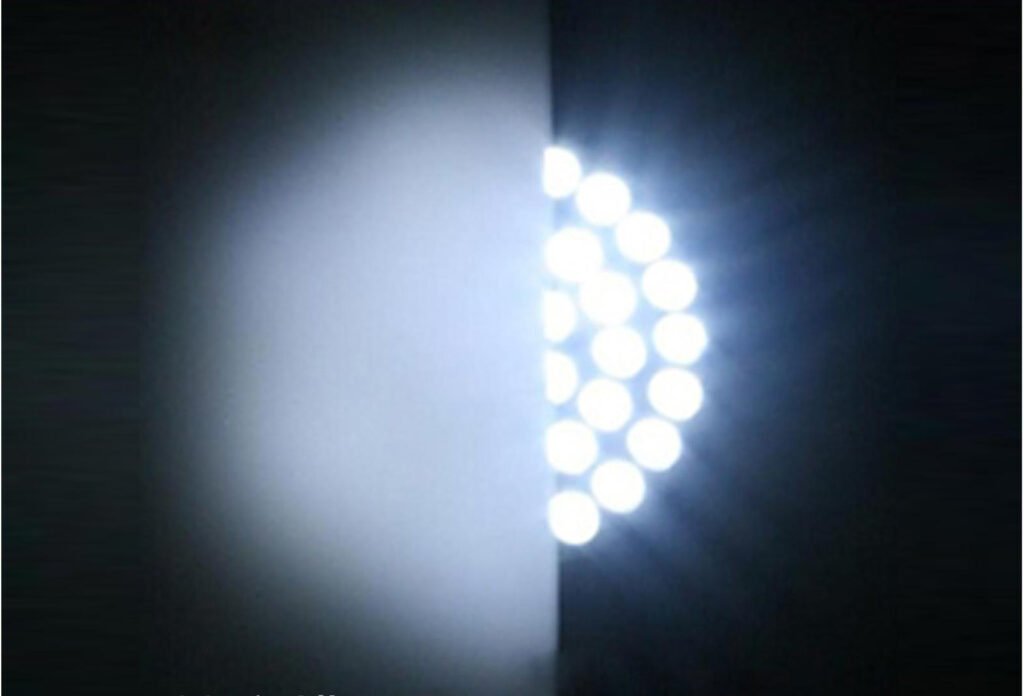1. What is a light diffusion ?
light diffusion agent is a material included in substrates (e.g., plastics, coatings) to scatter light, reducing glare and creating uniform lighting. Typical forms consist of particles or additives like polymers, porcelains, or minerals.
2. How does it work ?
It scatters light via microscopic bits with refractive indices differing from the base material, creating light rays to bend and spread, causing soft, even lighting.
3. What are typical applications?
Utilized in LED lighting, screens (LCDs, OLEDs), vehicle lights, optical lenses, building coatings, and 3D printing to boost light circulation.
4. What types are offered?
- Polymer-based (e.g., PMMA, silicone).
- Inorganic (e.g., silica, titanium dioxide).
- Hybrids combining several materials for enhanced efficiency.
5. How to select the best light diffusion agent?
Consider transparency, substratum compatibility, resilience (heat/UV resistance), application technique (coating, molding), and bit dimension for wanted haze/clarity.

6.Are they safe?
The majority of are safe, but security varies. Examine MSDS and guarantee compliance with laws like RoHS (electronics) or FDA (food-contact products) and Reach Certificate
7. Environmental impact?
Some contain VOCs or non-biodegradable components. Eco-friendly options (bio-based, low-VOC) are emerging. Follow disposal guidelines.
8. How is effectiveness measured?
- Haze (%): ASTM D1003 measures scattered light.
- Clarity: Quantifies uniformity.
- Total Light Transmission: Balance between diffusion and brightness loss.
9. Do they reduce light transmission?
Yes, but high-quality light diffusion agent minimize loss. Adjusting concentration optimizes trade-offs between diffusion and brightness.
10. Do they degrade over time?
Durability depends on material. UV-resistant agents are used outdoors. Test under expected conditions (e.g., heat, humidity).
11. Application methods?
- Mixing into resins/plastics like PC/PS/PMMA/PP during molding
- Coating via spraying, dipping, or brushing.
- Integration into 3D printing filaments.
12. Compatibility issues?
Test with substrates (plastic, glass) and solvents. Some agents may affect structural integrity or adhesion.

13. Where to purchase?
Global Famous Brand (Wacker, Dow, Shinest),
Wanda Chemical (The biggest&leader manufactuer of light diffusion agent 30 years in China)
specialty optical material vendors. Custom formulations available for industrial use.
14. Cost factors?
Varies by type and volume. Inorganic agents (e.g., TiO₂) are cost-effective; high-performance polymers cost more. Bulk discounts often apply.
15. Custom solutions?
Manufacturers offer tailored particle sizes, concentrations, or material blends for specific transparency, color, or application needs.
16. Common issues?
- Uneven diffusion: Adjust concentration or mixing.
- Yellowing: Use UV-stable agents.
- Adhesion problems: Surface pretreatment (e.g., plasma).
17. Emerging trends?
- Nanoparticles for precision.
- Bio-based/sustainable agents.
- Smart diffusion (light-responsive materials).
18. Regulatory compliance?
Ensure adherence to standards like REACH (EU), RoHS (electronics), or UL (safety) based on application.
19. Alternatives?
Diffuser films, etched glass, or microstructured surfaces. Agents offer flexibility in integration and cost.
20. Storage recommendations?
Store in cool, dry conditions. Avoid moisture (some agents clump). Shelf life typically 1–2 years; check manufacturer guidelines.
The Shelf Life of Wanda Chemical Light Diffusion Agent: 2 years
If you don’t open the package: some customers feedback to us it can be still used within 3 years.
Details pls log the link: light diffusion agent

